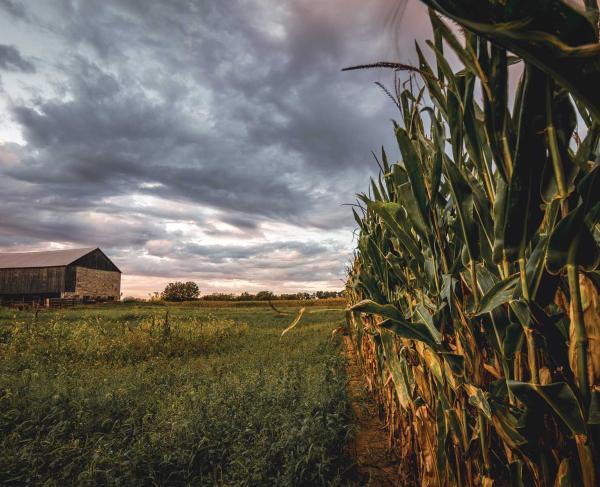The California Brigade
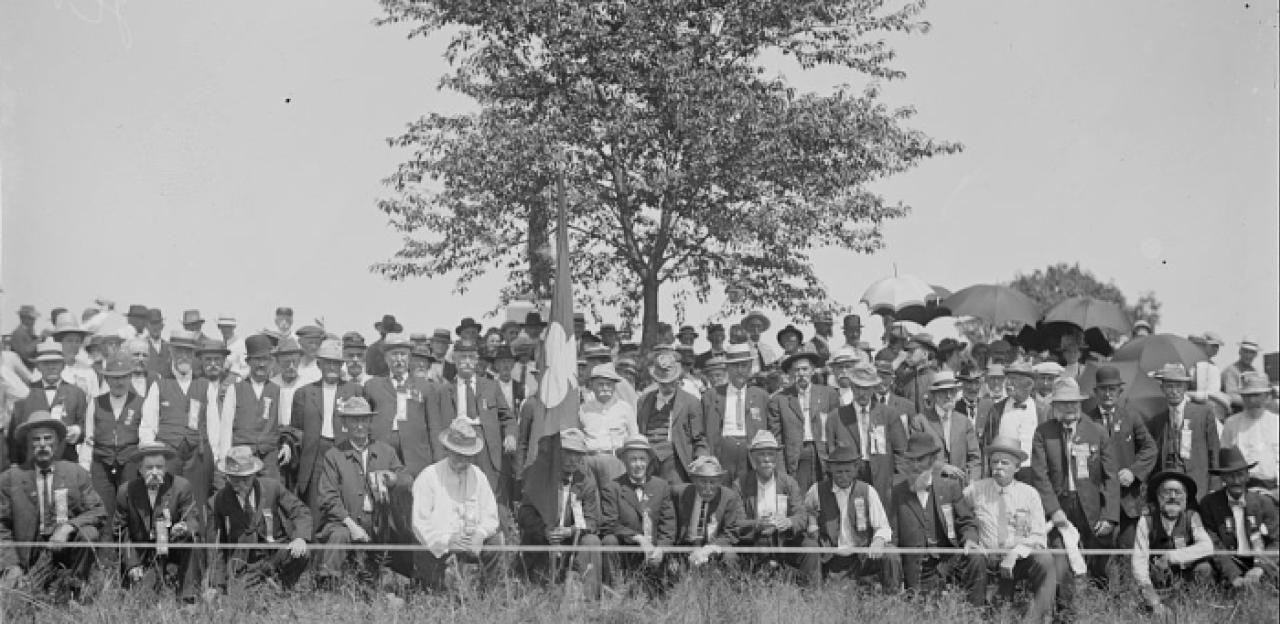
Daniel Landsman
When the Civil War broke out, residents of the west coast wanted to have a presence in the eastern theater. However, with nearly 3,000 miles separating the state of California and the Army of the Potomac and no railroad connecting the west coast to the east, sending a brigade of infantrymen across the wild country would be an ambitious goal. Instead, a group of Californians asked Oregon Senator Edward Baker to head east and raise a brigade in the name of California.
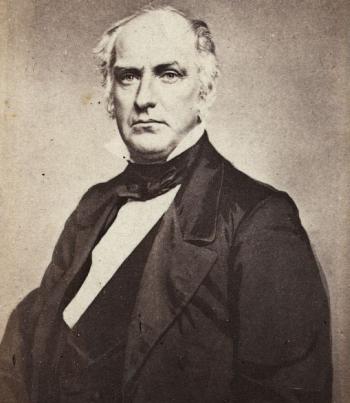
In April 1861, Baker was commissioned by Abraham Lincoln to raise a California brigade in Philadelphia. The first regiment Baker organized, the 1st California, consisted of Philadelphians and was placed under immediate charge of Colonel Isaac Wistar, who had been a ranger in California during the 1850s. By October Baker’s brigade had grown to its full size, consisting of the 1st, 2nd, 3rd, and 5th California Infantry.
The 3rd California had another name at the time of conception. Known as the Philadelphia Fire Zouaves, the men of the 3rd California were easily recognizable by their uniforms, which were inspired by the Zouaves of the French army. Dressed in light blue pants cut wide with red stripes and a cut away jacket with a row of bright blue buttons, the Philadelphia Fire Zouaves drew considerable attention as they marched through the streets of Philadelphia.
The California Brigade saw their first glimpse of battle at the Battle of Ball’s Bluff. The result of miscommunication and faulty intelligence, the Battle of Ball’s Bluff was a small skirmish with large political ramifications. On the morning of October 21, 1861, Union troops under Charles Devens crossed the Potomac River and engaged Confederates under the command of Nathan “Shanks” Evans.
In the afternoon, the Federals attempted to retreat across the river, but there were only three small boats available and the attempt to retreat resulted in a terrific bottleneck. Brig. Gen. Charles P. Stone sent Senator Baker to the field, bringing his California Brigade along with him. Baker sent his Philadelphians to determine the location of the Confederate right flank, which sparked a firefight between the 1st California and 8th Virginia. During this battle, Senator Baker, the California Brigade’s creator and commander, was killed. Following the death of Senator Baker, the state of Pennsylvania reclaimed the California Brigade.
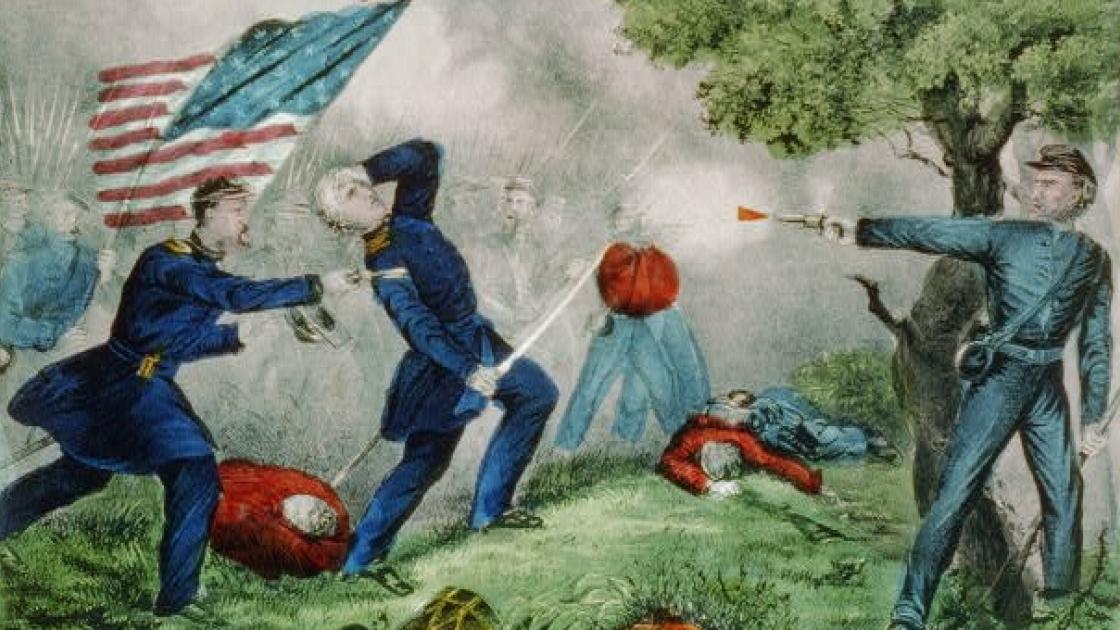
The California Brigade remained extremely active in the Army of the Potomac’s actions in the eastern theater.
They were engaged in the Peninsula Campaign, during which General Joseph Hooker commended the 2nd California for their successful bayonet charge during the Battle of Glendale. Following the Seven Days Battles, where they fought in the Battle of Savage Station and Allen Farm, the Brigade suffered heavy losses during the Battle of Antietam. During the attack near the West Woods, the California Brigade lost 545 men in as little as 10 minutes.
Several months later at the Battle of Chancellorsville, the California Brigade along with the rest of their corps remained at camp to serve as a decoy while the rest of the army marched. The California Brigade was then called into action on May 3rd and supported Maj. Gen. John Sedgwick’s attack on the Confederate rear guard near Fredericksburg.
Placed under the command of Brig. Gen. Alexander Webb, the California Brigade earned recognition for their efforts during the Battle of Gettysburg. The California Brigade took their position at Cemetery Ridge at 6:30 in the morning on July 2nd, and held the ridge near the Angle for the remainder of the battle.
At 6:30 P.M. on July 2nd, they were involved in the Union defense of Maj. Gen. Richard Anderson’s attack against Cemetery Ridge. During this attack, Brig. Gen. Ambrose Wright’s brigade temporarily captured the southern end of the ridge, but was quickly driven back by the California Brigade.
On July 3rd, the California Brigade was charged with defending the same position at the Angle during Pickett’s Charge. The Confederate effort against the Angle was greater than any other part of the line. Described as “an advance of an acre of men”, the charging Confederates proved to be too great a force for the 71st Pennsylvania, formerly the 1st California, as they retreated upon seeing the great Rebel approach.
Despite the 71st Pennsylvania’s retreat, the 69th and 72nd Pennsylvania, formerly 2nd and 3rd California, held their position and proved to be instrumental in the defense of the Angle. As nearby batteries began to fall to Armistead’s brigade, the defense of the Angle was left in the hands of the infantry, and the 69th Pennsylvania was the only nearby regiment holding the Angle.
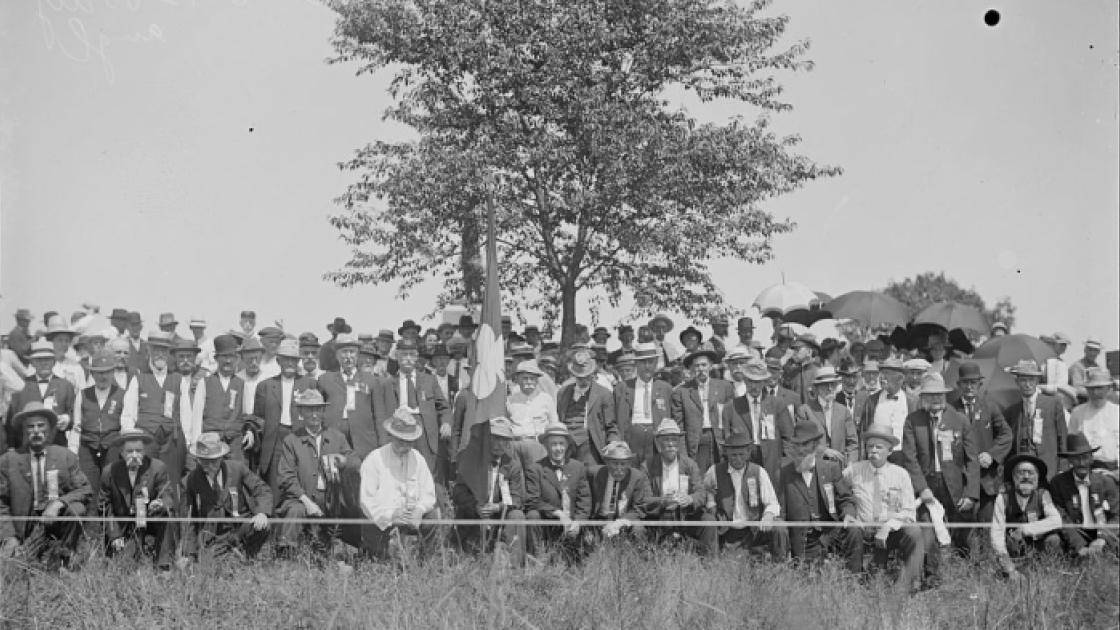
As the Confederates continued their approach, the 69th unleashed a heavy fire upon the Confederate advance. Having stockpiled weapons, many of the soldiers of the 69th had six to eight loaded rifles leaning against the wall, ready to be fired. Eighty yards east of the Angle stood the 72nd Pennsylvania, which had just been moved forward from its reserve position. The 72nd Pennsylvania assisted the 69th with a heavy line of fire, and the two regiments of the California Brigade effectively blocked further advance from Armistead’s Brigade.
While the California Brigade had gained recognition and fame for its actions during Pickett’s Charge, their last battle as a unit, the Battle of Cold Harbor, was one marked with failure due to the actions of their new commander, Joshua Owen. On the morning of June 3, 1864, as the rest of the Second Division were in line, Brig. Gen. John Gibbon found Owen and the rest of the California Brigade still asleep in their tents.
Furious with Owen, Gibbon sent the California Brigade to the front of the line. Owen’s blunders continued through the battle. Gen. Gibbon’s orders for Owen were to march his troops in column through Col. Thomas A. Smyth’s line and assist in Smyth’s attack against the Confederate line. However, Owen decided to march his line further southwest through nearby woods, emerging on Smyth’s left after the Union forces had already broken the Confederate line. Owen’s decision to disobey orders and traverse through the woods placed them at the line too late to be of any assistance and the California Brigade was pushed back by three North Carolina regiments.
Following the failures of Cold Harbor, the Brigade was broken up and the 71st, 72nd and 106th were discharged.
Related Battles
12,401
10,316
12,737
4,595
23,049
28,063
